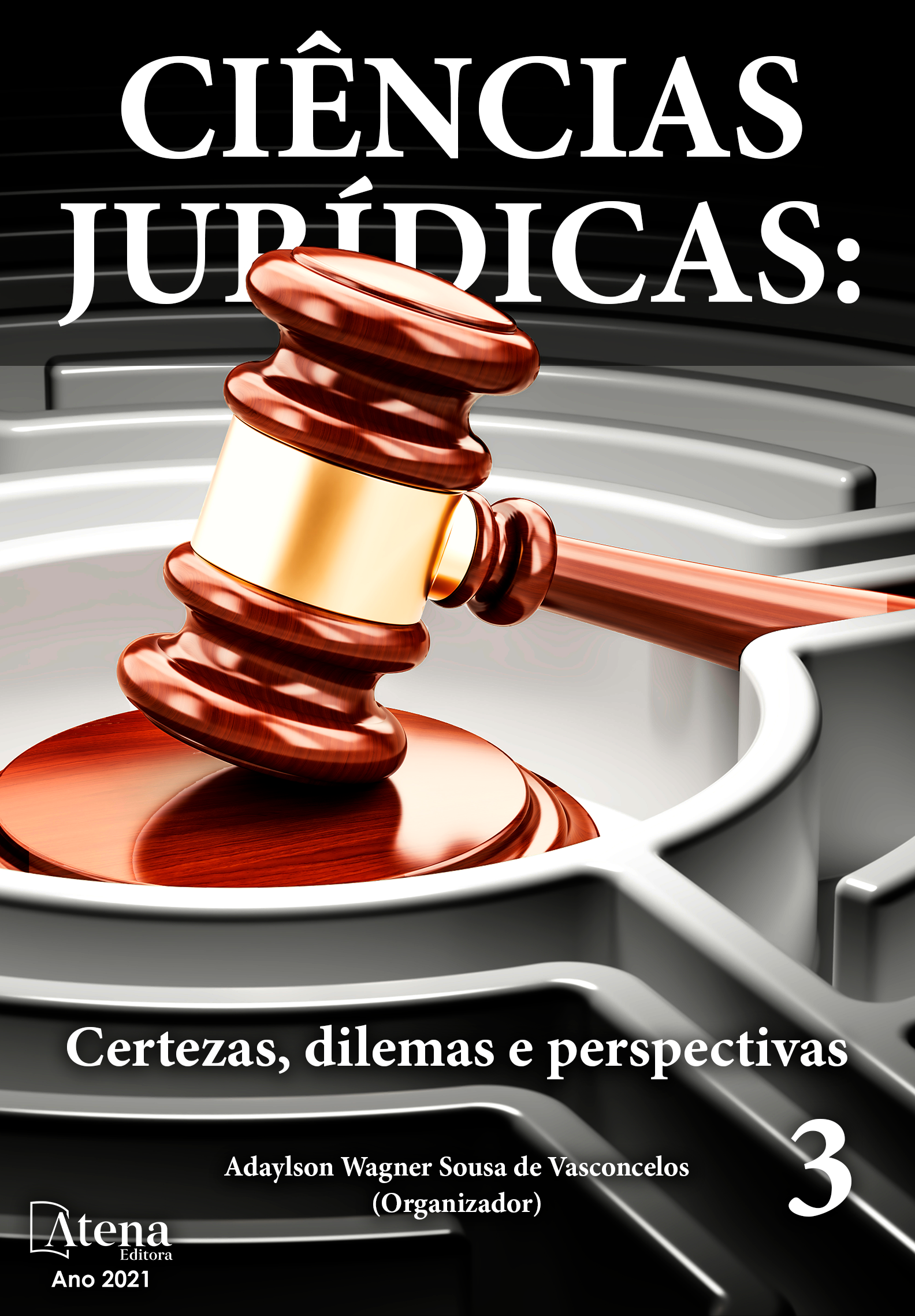
ANÁLISE COMPARATIVA DE CRIPTOMOEDAS
A integração tecnológica possibilitou o aprimoramento da forma como os negócios são realizados, o que viabilizou o uso dos meios digitais para efetuar transações financeiras, fazer negociações diversas e estabelecer contratos de maneira simplificada, evitando processos longos e burocráticos. Uma das formas de realizar tais atividades é por meio da utilização de criptoativos, que utilizam recursos digitais de validação de transações. Além da história de seu surgimento, é necessário compreender as diferenças entre moedas digitais, moedas virtuais, criptomoedas, criptoativos e blockchain. Estes conceitos básicos facilitam a compreensão do mecanismo de funcionamento dessas revolucionárias tecnologias que dispensam intermediários como bancos e instituições financeiras para o seu pleno funcionamento e não são regulamentadas por nenhuma agência ou país. Tais aspectos caracterizam uma tecnologia totalmente descentralizada que garante a segurança e a integridade das transações entre seus usuários utilizando a criptografia. Ou seja, a tecnologia em si possui um recurso de proteção contra fraudes para emissão e validação de valores, o que dispensa intermediários que, no mundo real, seriam necessários para fazer tais validações. Após a exposição dos preceitos básicos, uma análise comparativa entre as duas criptomoedas que tiveram maior destaque no ano de 2021 mostra os aspectos legais e de aceitação. A abordagem adotada é o relato de experiência, que objetiva descrever a situação observada durante o estudo e extrair as ideias centrais, evitando o uso de informações técnicas do experimento em si. Portanto, o resultado da análise comparativa objetiva mostrar a dinâmica de uma análise de criptoativos a fim de que essa pesquisa possa ser reproduzida pelo leitor de maneira autônoma. Esta pesquisa simplifica o entendimento do uso dos criptoativos como forma de negociação, o que, para muitos especialistas e entusiastas do tema, representa o futuro das transações em âmbito mundial.
ANÁLISE COMPARATIVA DE CRIPTOMOEDAS
-
DOI: 10.22533/at.ed.68021221120
-
Palavras-chave: Criptomoedas, criptoativos, moedas digitais, blockchain, Bitcoin
-
Keywords: Cryptocurrencies, cryptoassets, digital currencies, blockchain, Bitcoin
-
Abstract:
Technological integration made it possible to improve the way businesses are made, which enabled the use of digital means to carry out financial transactions, make different types of negotiations and establish contracts using a simplified way that eliminates complicated and long processes. One of the ways to make these activities is using cryptoassets, which uses digital resources for validating transactions. In addition to the history, it is necessary to understand the differences between digital currencies, virtual currencies, cryptocurrencies and cryptoassets. These basic concepts clarify the working mechanism of these revolutionary technologies that do not require intermediaries, banks or financial institutions and are not regulated by agencies or any countries to operate. Cryptocurrencies work with a totally decentralized technology that guarantees the security and integrity of the transactions by using cryptography. This technology has a native creating and validating system that prevents an indiscriminate creation of new cryptocurrencies and asegurate the validations by using cryptography, meaning that this kind of transaction do not require intermediaries like in the real world would be needed to carry out such validations. After exposing the basic characteristics of this new technology, a comparative analysis between two cryptocurrencies that had the best performance in 2021 shows the acceptance and legal aspects. The research technique adopted is an experience report, which describes the observed situation during the research and extracts central ideas, bypassing technical information from the experiment itself. The result of the comparative analysis shows the dynamics of an analysis of cryptoassets so that this research can be autonomously reproduced by the reader according to his particular needs. This research simplifies the understanding of this new technology that, in the eyes of experts and enthusiasts on the subject, represents the future of worldwide transactions.
-
Número de páginas: 19
- Caroline Silvéria Ribeiro


